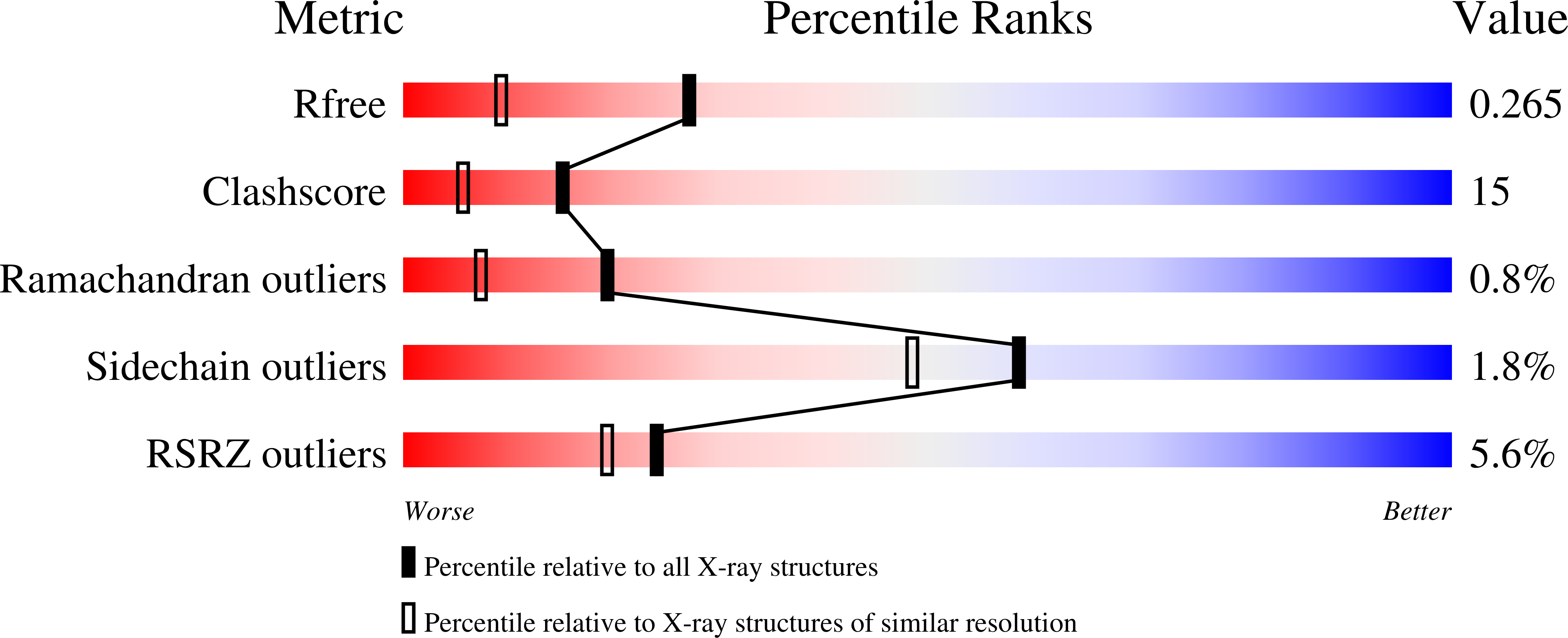
Deposition Date
2007-02-25
Release Date
2007-03-27
Last Version Date
2023-08-30
Entry Detail
PDB ID:
2OZ7
Keywords:
Title:
Crystal structure of the human androgen receptor T877A mutant ligand-binding domain with cyproterone acetate
Biological Source:
Source Organism:
Homo sapiens (Taxon ID: 9606)
Host Organism:
Method Details:
Experimental Method:
Resolution:
1.80 Å
R-Value Free:
0.27
R-Value Work:
0.25
R-Value Observed:
0.25
Space Group:
P 21 21 21


